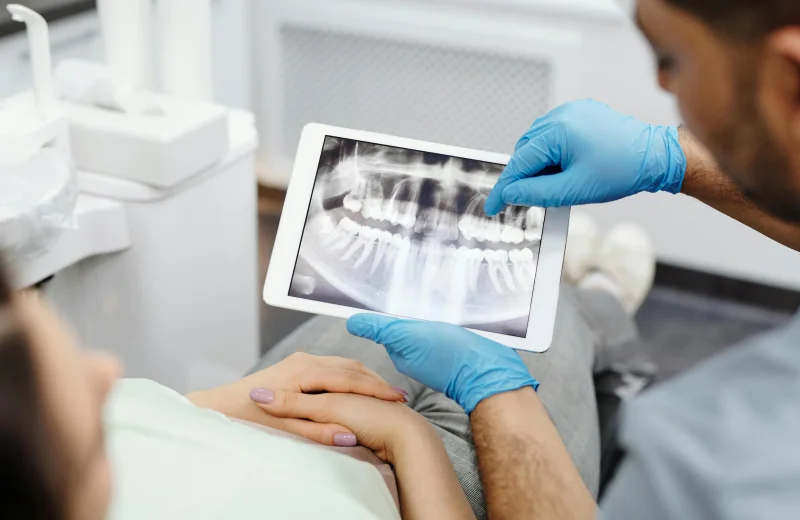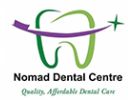Dental Services
Tooth Extraction

About Tooth Extraction
Tooth extraction is a dental procedure involving the removal of a tooth from its socket in the bone. This procedure is often necessary for various reasons, including tooth decay, gum disease, trauma, or overcrowding. Depending on the complexity, extractions can be classified into two types: simple and surgical.
Types of Tooth Extractions
Simple Extraction: This is performed on a tooth that is visible in the mouth. General dentists usually carry out simple extractions using local anesthesia. The dentist loosens the tooth with an elevator and removes it with forceps.
Surgical Extraction: This is a more complex procedure performed when a tooth is not easily accessible. It may be necessary if the tooth has broken off at the gum line or has not fully erupted. Oral surgeons typically perform surgical extractions, often using both local and intravenous anesthesia.
Reasons for Tooth Extraction
Severe Tooth Decay: When tooth decay has extensively damaged a tooth, it may be impossible to restore it with a filling or crown.
Gum Disease: Advanced gum disease can damage the tissues and bone supporting the teeth, necessitating extraction.
Impacted Teeth: Teeth that are blocked from coming in properly (such as wisdom teeth) often need to be removed.
Overcrowding: Sometimes, teeth need to be extracted to prepare the mouth for orthodontic treatment.
Infection: If an infection extends to the pulp (the center of the tooth containing nerves and blood vessels) and is not curable with root canal therapy, extraction may be required.
Trauma: Teeth that have been severely damaged by injury may need to be extracted.
Post-Extraction Care
After a tooth extraction, proper care is crucial to ensure healing and avoid complications:
Bite on Gauze: Bite firmly on the gauze pad placed by your dentist to reduce bleeding and allow a clot to form.
Avoid Rinsing: For the first 24 hours, avoid rinsing your mouth, as this can dislodge the clot.
Take Prescribed Medications: Use pain relievers and antibiotics as prescribed by your dentist.
Apply Ice Packs: Use ice packs to reduce swelling.
Soft Foods: Eat soft foods and avoid using the extraction site for chewing.
Maintain Oral Hygiene: Keep your mouth clean, but be gentle around the extraction site.
Frequently Asked Questions
You will receive a local anesthetic to numb the area around the tooth. During the extraction, you may feel pressure but should not experience pain. For surgical extractions, you might also receive intravenous anesthesia.
Healing time can vary, but it generally takes about 1-2 weeks for the initial healing of the gum tissue. Full healing of the bone may take several months.
Risks include infection, prolonged bleeding, dry socket (where the blood clot dislodges prematurely), and damage to surrounding teeth or nerves.
To prevent dry socket, avoid smoking, using straws, spitting, or vigorous rinsing for at least 24 hours post-extraction. Follow your dentist's care instructions closely.
If the extracted tooth is not a wisdom tooth, replacement options such as dental implants, bridges, or dentures may be recommended to prevent shifting of adjacent teeth and maintain oral function.
You can brush your teeth, but be gentle around the extraction site. Avoid rinsing vigorously for the first 24 hours to prevent disturbing the blood clot.
Nomad Dental Centre
We understand just how closely connected oral health is to your overall health, confidence, and appearance, and we pride ourselves on cultivating a friendly, upbeat dental environment where you can always feel comfortable in our care.
Our Newsletter
Services
Address
- P.O. BOX 781-10100
- Peak Business center,
- 1st Floor. Nyeri, Kenya
Email Us
- info@nomaddental.com
- sales@nomaddental.com
Contacts
- Tel: 061 2034799
- Tel: 0738 171 377
